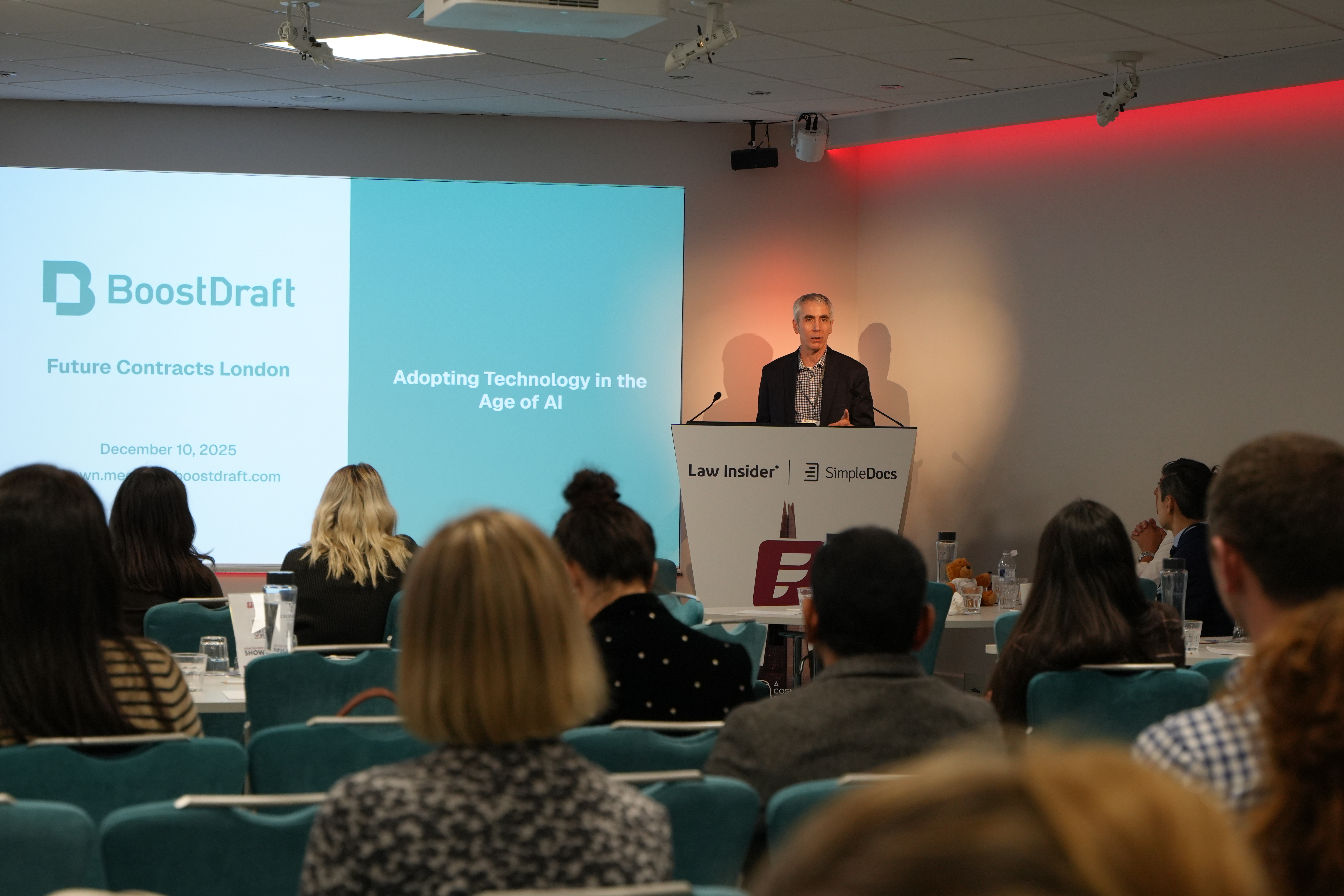 Contract lifecycle management (CLM) is no longer just a legal function: it’s a business-wide challenge that touches procurement, sales, finance, compliance, and operations.
Contract lifecycle management (CLM) is no longer just a legal function: it’s a business-wide challenge that touches procurement, sales, finance, compliance, and operations.
But despite growing investment in sophisticated CLM platforms, many businesses still struggle with slow contract turnarounds, low adoption, and fragmented processes — which can lead to stalled deals and mounting costs.
Why? Because CLM success isn’t just about software; it’s a system. It’s about optimizing how people, tools, and data move across the contract lifecycle, from intake to execution to performance tracking.
Whether you’re deploying a full-suite CLM solution or assembling a modular stack of best-in-class tools, here are five practical steps to help you streamline contract workflows, mitigate risk, and accelerate deal velocity in 2025.
1. Start With the Friction Points
No tech implementation will succeed without a clear understanding of where things currently break down. Before rearchitecting your CLM stack, map out your organization’s contract lifecycle from intake to post-signature. Where do requests pile up? Where do deals stall? Where are teams using email or spreadsheets as unofficial workarounds?
For many organizations, the biggest bottlenecks are at intake, drafting, or negotiation — stages where legal teams are overloaded and business teams lack the tools to self-serve. Identifying these points lets you prioritize fixes with the highest impact.
2. Build Around the Tools Your Teams Already Use
You don’t have to rip and replace your entire workflow. Instead, optimize what your teams already know — especially Microsoft Word.
Word remains the drafting environment of choice for most lawyers, even when CLM systems offer in-browser editors. Why fight the tide? Augment Word with tools that add intelligence, structure, and automation: clause libraries, template generators, formatting checkers, playbook prompts, and AI redlining assistants.
These enhancements improve accuracy and efficiency without requiring behavioral change — a key factor in driving adoption among legal and business users alike.
3. Standardize What You Can, But Maintain Flexibility
Standardization helps enforce policy, reduce risk, and speed up routine agreements. But it shouldn’t become a straightjacket. Real-world deals — especially with strategic partners or novel commercial terms — often require bespoke language or escalated review.
The key is to standardize repeatable contracts (such as non-disclosure agreements, master service agreements, or vendor agreements) while maintaining flexibility for negotiated deals. Tools that let you customize workflows and layer in playbooks give you the best of both worlds: speed and control.
4. Think Ecosystem, Not Monolith
Many legal teams assume they need a single, all-in-one CLM platform. But in practice, best-in-class performance often comes from assembling a modular stack.
Look for tools that integrate seamlessly with each other, and with core business systems such as Salesforce, DocuSign, or enterprise resource planning platforms. Prioritize interoperability, open APIs, and role-based access so each stakeholder has what they need without slowing others down.
A modular approach also lets you add or swap components as needs evolve — for example, starting with simple intake and contract drafting tools to make negotiation more efficient today, then integrating other capabilities such as contract analytics over time.
5. Don’t Just Automate — Measure
Automation is powerful…but only if you can see what’s working and what isn’t.
Build processes that give you insight, not just efficiency. Who’s reviewing what? Where do delays happen? How long does each step take? Are the contracts delivering on their terms post-signature?
Track KPIs such as cycle time, approval lag, clause fallback frequency, and post-signature performance. Visibility isn’t just good for Legal — it’s fuel for better cross-functional collaboration and smarter contract strategy.
Want to Go Deeper?
Ready to start optimizing your contract workflows today? We take a deep dive into the contract lifecycle, common CLM challenges, and practical steps to overcome them in our free eBook: Best Practices for CLM in 2025.
Download it now to learn how leading legal teams are driving real impact with CLM in 2025.


